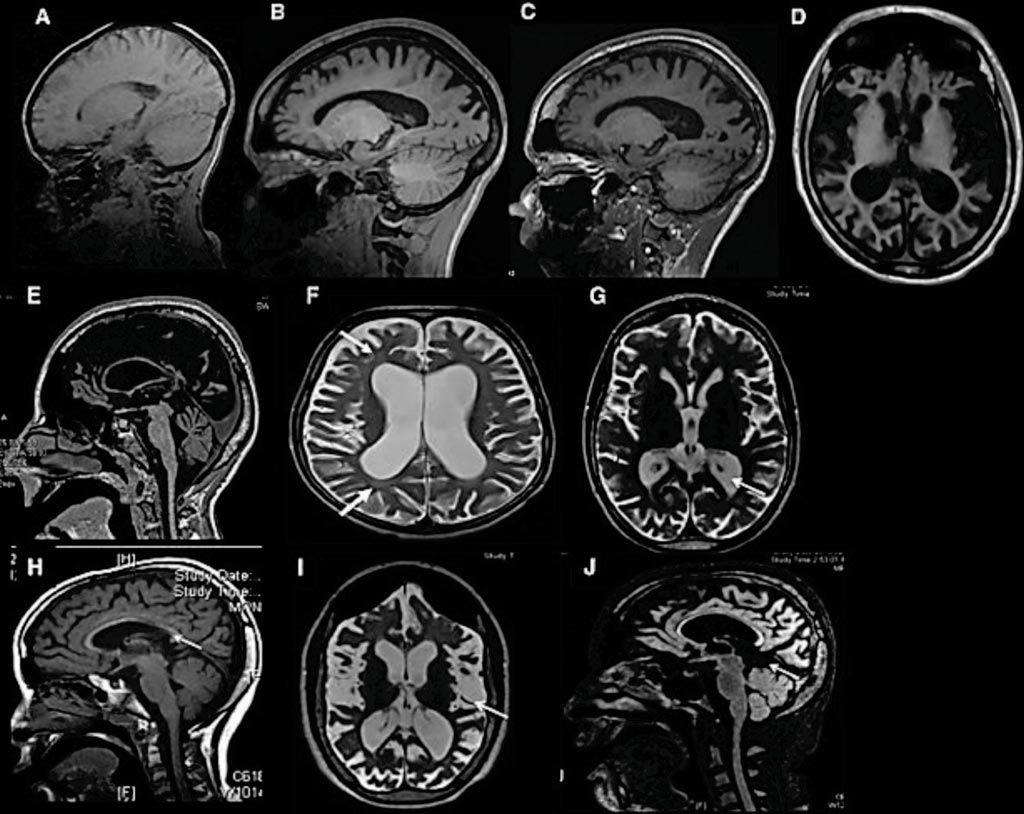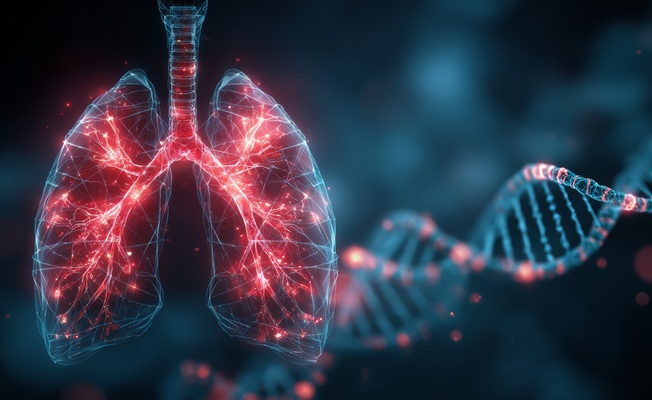Neurological Disease Traced to Gene Error
By LabMedica International staff writers
Posted on 15 Aug 2017
A severe neurological rare disorder in children is characterized by developmental regression and neurodegeneration and at first the children lead normal lives and seem identical to their age-matched peers.Posted on 15 Aug 2017
However, beginning at around three to six years of age, these children present with neurological deterioration, gradually losing motor, cognitive and speech functions. Although the condition progresses slowly, most patients are completely dependent on their caretakers by 15 to 20 years of age.

Image: Brain scans from the study ‘Heterozygous de novo UBTF gain-of-function variant is associated with neurodegeneration in childhood’ (Photo courtesy of American Society of Human Genetics).
A multinational team of scientists collaborating with those at those at the Hebrew University Hadassah Medical School (Jerusalem, Israel) identified and studied seven children, from Canada, France, Israel, Russia and the USA, who suffer from the disorder. They found in all patients the same spontaneously occurring, non-inherited genetic change in the upstream binding transcription factor (UBTF) gene responsible for ribosomal ribonucleic acid (rRNA) formation. Because of this small change, the patients' cells are flooded with ribosomal RNA and are poisoned by it.
In seven unrelated affected individuals, all suffering from developmental regression starting at 2.5 to 7 years, the team using deep sequencing technology, identified a heterozygous variant, c.628G>A in UBTF, encoding p.Glu210Lys in UBF, which occurred de novo in all cases. The team found an identical error in the same gene in all the patients tested, representing a difference of one letter among the roughly three billion letters that make up human DNA. By finding the identical change in children who suffer from the identical clinical disease, the scientists determined that the altered gene is indeed the cause of the disease.
Orly Elpeleg, MD, a professor and head of the Department of Genetics, and senior author of the study, said, “Our study links neuronal degeneration in childhood with altered rDNA chromatin status and rRNA metabolism. It is the first time that an excess of ribosomal RNA has been linked to a genetic disease in humans.” The study was published on August 3, 2017, in The American Journal of Human Genetics.
Related Links:
Hebrew University Hadassah Medical School







 Analyzer.jpg)





